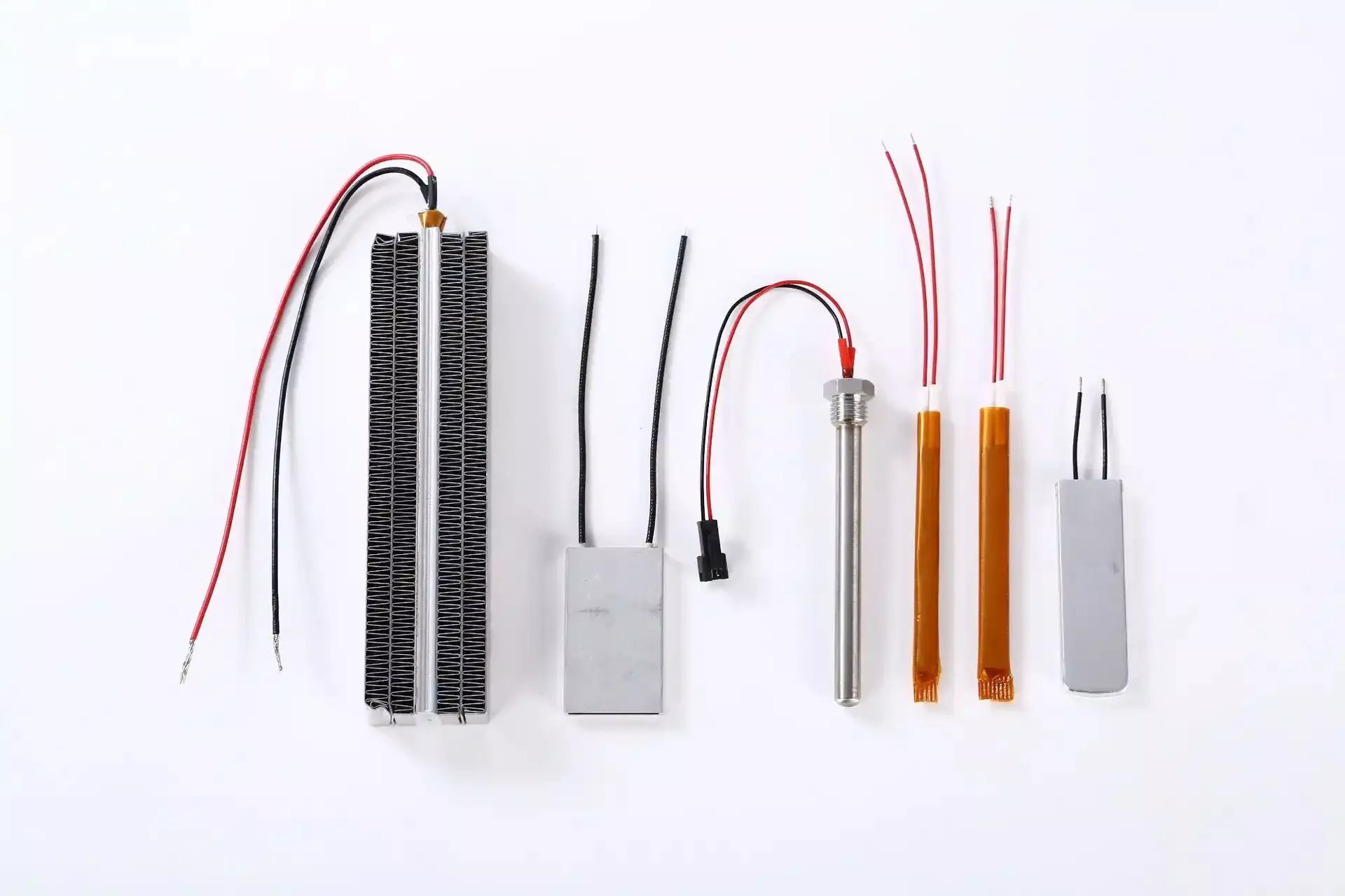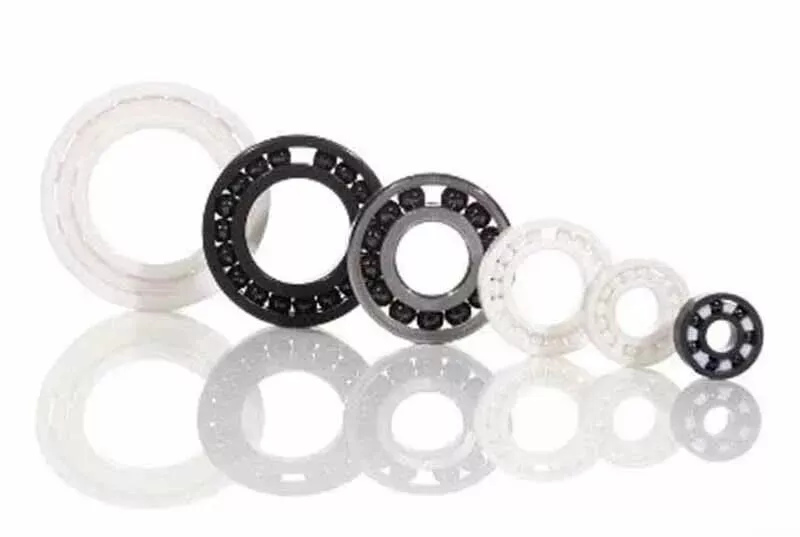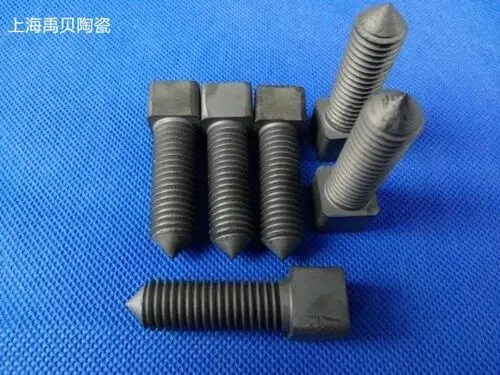Watch, as a device for measuring time, appeared in the late 1860s. There are many types of watches, ranging from mechanical watches, electronic watches, to smartwatches that have emerged with the development of smartphones. The materials of watches are also diverse. High-performance ceramic materials have good gloss, high hardness, and are not easily discolored or rusted. Compared with many stainless steel materials, their weight is greatly reduced. After decades of development, the hard materials used for the appearance of watches are constantly enriched. Currently, they include WC-based hard alloys, TiC-based metal ceramics, TiN-based ceramics, and zirconia ceramics, which are commonly used in the case, bezel, and dial of watches.
The following are some examples of the application of ceramic materials in watches:
1. Zirconia ceramic
This is the most widely used ceramic material in the watch industry. The process involves mixing ultra-fine zirconia grains with a particle size of about one thousandth of a millimeter, rare earth elements, binders, and other materials uniformly, and then granulating them. The ceramic powder injection molding technology is used to make shaped accessories such as the case and strap. The preliminary formed product is then degreased in a degreasing furnace and finally sintered at high temperatures. The initially formed product still needs to be repeatedly polished and polished according to the final surface effect to enhance the beauty and texture of the case and strap.
Smart ceramic watches launched by companies including Huawei, Apple, Honor, and Xiaomi all use zirconia ceramic as their material.
2. Titanium carbide ceramic + metal alloy mixture
Ultra-thin: The world's first Ceramos ceramic material appeared on the True Thinline series ultra-thin watches of Swiss watchmaker Rado in 2011, and it was the thinnest high-tech ceramic watch in the world at that time. Its material mainly includes titanium carbide and metal alloy mixture, which can withstand a force of up to 1.0x108Pa and has a hardness of 1400~1900HV. This watch is produced using a special material process, which uses plasma treatment on the white ceramic components. In a specially designed furnace with a temperature of up to 20,000°C, the gas activated by the plasma column will penetrate into the high-tech ceramics, permanently changing the molecular structure of its surface. When the ceramic itself reaches a temperature of 900°C, its color will change to gray metal, but this only changes the color and does not affect the structure or properties of the ceramic, which still have superior hardness, wear resistance, lightness, and low allergenicity.
Ultra-light: In 2016, Rado launched the Ultra Light ultra-light limited edition watch, which uses ultra-light high-tech silicon nitride ceramics that weigh only half of ordinary high-tech ceramic materials, with higher hardness and more wear resistance.
3. Boron carbide ceramic + gold precious metal
This type of ceramic composite material is made of "Magic Gold" jointly developed by the Hublot watch factory and the Swiss Federal Institute of Technology Lausanne at the end of 2011. The production process is as follows:
1. Powder filling and blank forming: Fill the boron carbide ceramic powder into a silica mold, and then mold the ceramic powder into a ceramic cylinder through cold pressing at a pressure of 2.0x108Pa.
2. Blank sintering: Put the ceramic cylinder formed by cold pressing into a special machine, and use a high temperature of 2200°C and a pressure of 1MPa to make the ceramic particles condense into a hard whole.
3. Gold casting: Melt 24K pure gold into a liquid at a high temperature of 1100°C, and then pour it into the blank. The gold molecules can fill the gaps between the ceramic cylinder molecules, and the molecules of the two substances can merge with each other.
4. Final fusion into gold: Continue to apply high temperature and high pressure until the gold molecules penetrate every gap in the ceramic cylinder blank, and the two materials are seamlessly fused to form the extremely hard Magic Gold.
Declaration: This article is provided by CERADIR™ users or obtained from Internet, the content does not represent the position of CERADIR™. We are not responsible for the authenticity/accuracy of the article, especially the effects of the products concerned. This article is for study only, it does not constitute any investment or application advice. For reprinting, please contact the original author. If it involves the copyright and/or other issues, please contact us and we will deal with it asap! CERADIR™ has the interpretation of this declaration.







